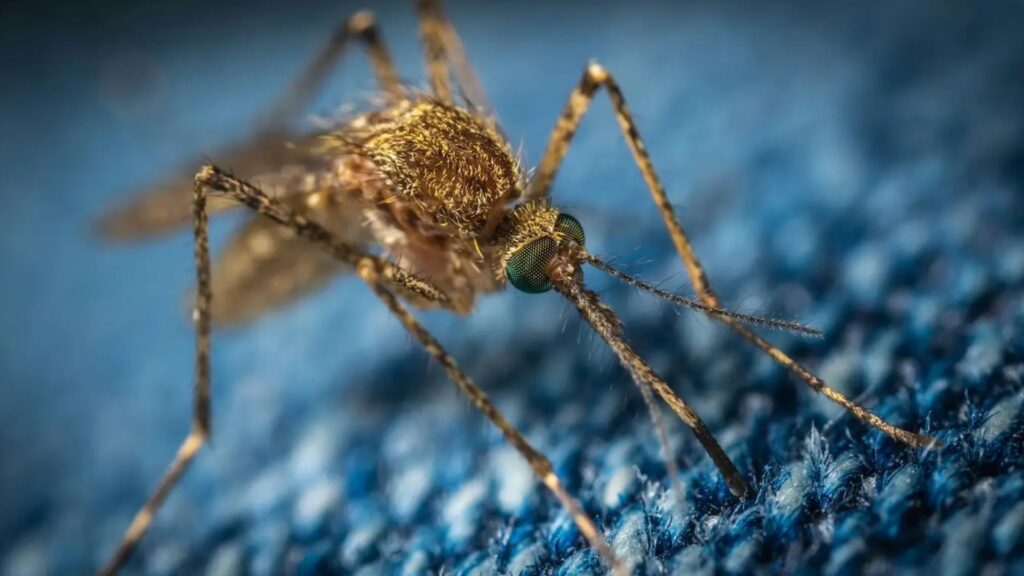
Егор Камелев on Unsplash
British scientists have unveiled critical genetic insights into Anopheles funestus, one of Africa’s most lethal malaria vectors. The comprehensive analysis, published in Science, involved sequencing the genomes of 656 modern specimens alongside 45 historic museum samples dating back to 1927. The findings, reported by The Independent, reveal high levels of genetic variation and complex population structures that challenge conventional malaria control strategies (The Independent).
Historic Resistance Patterns Revealed
Analysis of museum specimens uncovered that insecticide resistance mutations were already present in the 1960s, long before modern control efforts intensified. As new classes of insecticides were introduced over the decades, additional resistance mutations emerged, demonstrating the mosquito’s remarkable capacity to adapt to chemical pressures. This historical perspective underscores the need for evolving intervention tactics rather than relying on static insecticide approaches.
Genetic connectivity across equatorial Africa spans a 4,000-kilometer range, indicating that many populations remain interconnected despite vast distances. However, isolated pockets exhibit distinct genetic signatures, meaning that control measures effective in one region may fail in neighboring areas. These insights highlight the importance of region-specific strategies that account for local population structures and resistance profiles (News-Medical).
Gene Drive Technology Shows Promise
The study identified a key genetic target in An. funestus that closely matches one previously engineered for gene drives in Anopheles gambiae. Gene drives use CRISPR-based modifications to spread traits rapidly through mosquito populations, either reducing their numbers or blocking malaria transmission. Professor Charles Wondji of the Liverpool School of Tropical Medicine noted that this discovery could pave the way for gene drive applications against An. funestus for the first time, addressing a long-neglected vector.
Researchers emphasize that leveraging this shared genetic target may accelerate development of gene drive constructs capable of disabling the mosquito’s ability to transmit malaria. Early laboratory tests suggest that modified mosquitoes carrying the drive could mate successfully and pass on the protective trait, offering a potential breakthrough in malaria elimination efforts (UC San Diego Today).
Broader Context of Genetic Innovations
Parallel advances in genetic approaches bolster these findings. A July Nature study demonstrated that a single amino acid alteration in Anopheles FREP1 protein, achieved via CRISPR editing, conferred near-complete resistance to malaria parasites. This “phantom” allelic drive can phase out of wild populations after establishing its protective effect, mitigating concerns about permanent ecological impacts.
Together, these genetic innovations—from historic resistance mapping to next-generation gene drives—offer the most detailed understanding yet of An. funestus evolution and its vulnerabilities. With malaria still claiming hundreds of thousands of lives annually in sub-Saharan Africa, these insights promise to inform tailored, dynamic control strategies that adapt alongside mosquito populations and outpace their rapid evolution.












